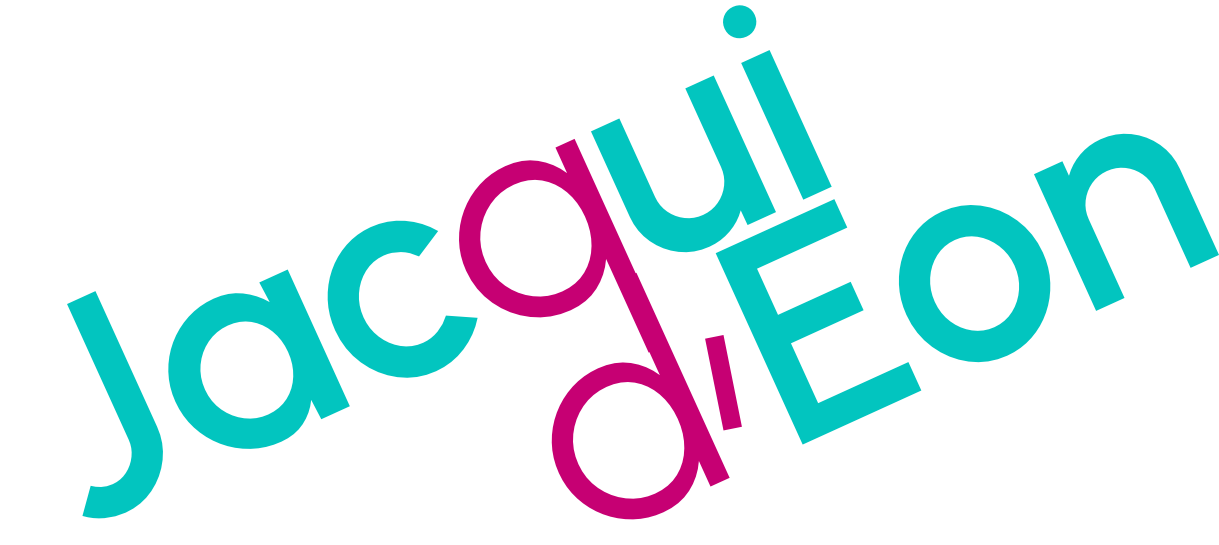
When I began my career, I was fortunate to work for Procter & Gamble (P&G), a company that valued debate, critical thinking and strategy. After I left the mothership, I soon discovered that the lessons I had learned there were not universal. Many of the clients I have worked with since that time claim to have a business strategy but they have been unwilling to make the tough choices that would enable them to put their resources behind their strategy. In other words, they are forever hedging their bets.
Sure, you could say that a company like P&G has the resources to be able to take a direction and suffer a loss without dire consequences and in fact, failure was celebrated to a certain extent, because it was an environment that thrived on continuous improvement.
Einstein is often quoted for his definition of insanity: doing the same thing over and over again and expecting different results. P&G didn’t and doesn’t do that but I have watched others do so.
Strategy takes thinking time and not many companies give themselves that.
In the drive for quarterly earnings or year-over-year improvements, companies often apply band-aids to situations that enable them to show results on paper but that ultimately lead to a catastrophic end or have unintended consequences.
A business strategy requires making choices.
Choosing one path means not going down another. I have watched executive teams overstress their organizations by giving lip service to a strategic choice while still clinging to the status quo and then wondering why the new strategy didn’t work. The fact is, they divided their resources and were left with a substandard result – no surprise.
Having said that, it is hard to “bet the farm” so it is important that the strategy fairly assesses the risks and takes steps to mitigate them.
One of my former clients had the courage of his convictions to pursue a new product line but forgot that to fund the R&D to make the new product a reality, the existing product line needed to continue to sell at healthy margins and the company collapsed before the new product could get to market.
P&G used something called an "OGSM", which I believe they still use today. OGSM stands for Objective, Goal, Strategy and Measures. In that deceptively simple format, the big decisions of the company are articulated and balanced across the breadth of the organization.
Strategy is at once profound and simple – it means taking calculated risks, educated guesses and determining the best path to achieve a stated objective.
If you need help developing your strategic plan, contact me.

